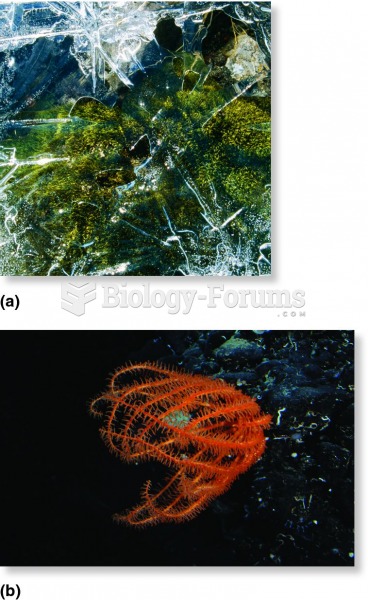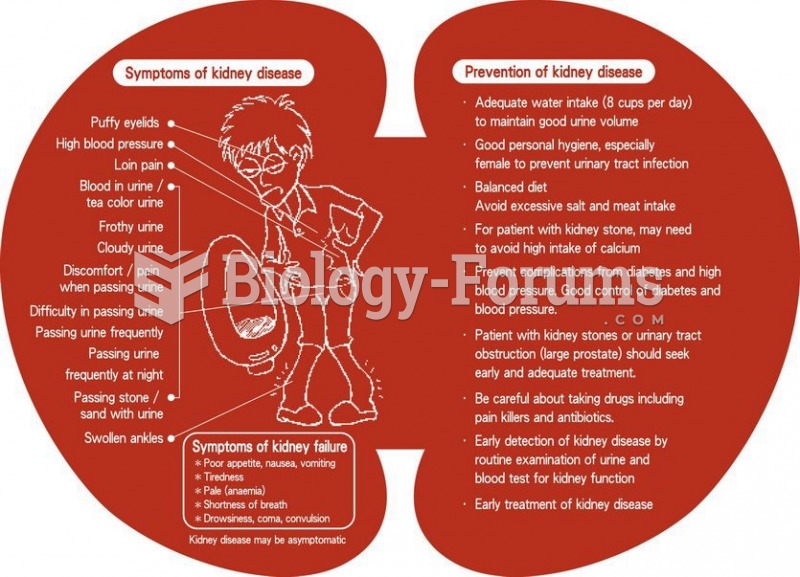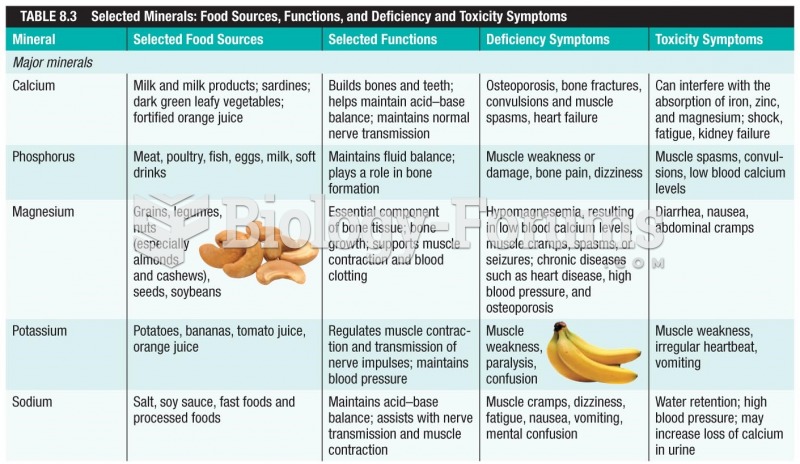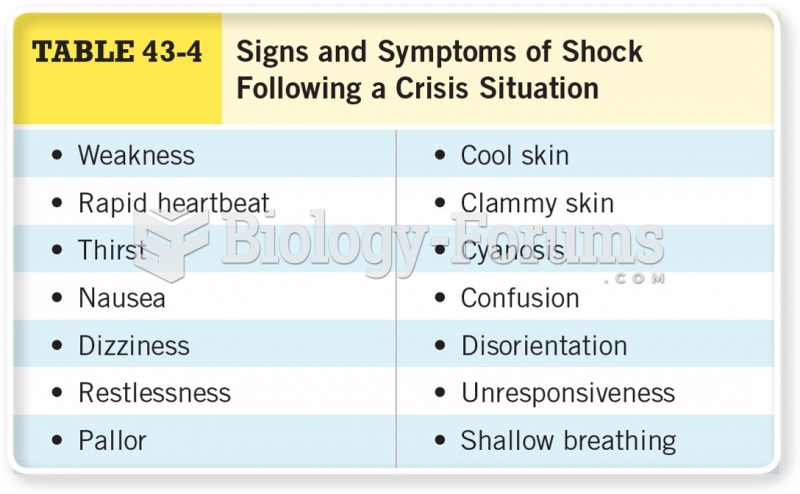|
|
|
The average human gut is home to perhaps 500 to 1,000 different species of bacteria.
More than 2,500 barbiturates have been synthesized. At the height of their popularity, about 50 were marketed for human use.
If you could remove all of your skin, it would weigh up to 5 pounds.
Not getting enough sleep can greatly weaken the immune system. Lack of sleep makes you more likely to catch a cold, or more difficult to fight off an infection.
The use of salicylates dates back 2,500 years to Hippocrates’s recommendation of willow bark (from which a salicylate is derived) as an aid to the pains of childbirth. However, overdosage of salicylates can harm body fluids, electrolytes, the CNS, the GI tract, the ears, the lungs, the blood, the liver, and the kidneys and cause coma or death.







